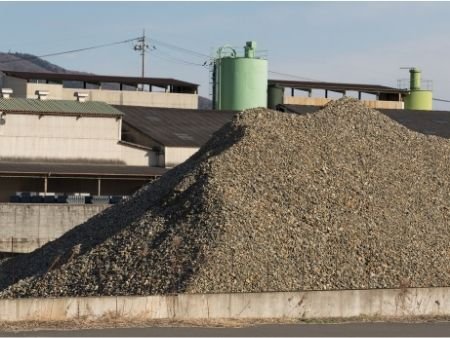Asia: Leading the Growth of Cellulose Ether
MIKEM Information Asia: Leading the Growth of Cellulose Ether Asia: Leading the Growth of Cellulose Ether According to the latest report from IHS Markit,
To ensure concrete fluidity in the construction process, the builders add more water when mixing. However, if too much water is added, the cement mortar’s cementation ability will be reduced, which will reduce the strength of the concrete. Water cement ratios can directly affect the durability of concrete. When the water-cement ratio is lower, concrete provides greater strength and durability. At construction sites, water-reducing agents are often added to concrete to reduce the internal gap, lower the water-cement ratio, and increase the strength.
 In concrete mixtures, adding water-reducing agents will change many properties. Through the hardening and setting processes of concrete, the builders can witness some of the following property changes:
In concrete mixtures, adding water-reducing agents will change many properties. Through the hardening and setting processes of concrete, the builders can witness some of the following property changes:
In concrete, after adding water-reducing agents, the water-reducing rate will reach 5%-25%. If water consumption continues to increase, the concrete slump will increase by about 10 cm. During this time, the concrete’s fluidity improves, and the plasticity of the concrete increases. Therefore, adding water-reducing agents can improve the performance of a concrete mixture, increase its sensitivity to vibration response, increase its workability, and facilitate construction. The builders discover that the concrete mix with water-reducing agents can maintain good plastic deformation values within half an hour through detailed investigation. Whether the builders are pouring or vibrating the concrete mixed with water-reducing agents, it will hardly be affected during this time.
(1) To change the concrete setting time
 For general construction, the setting time of concrete will increase correspondingly after adding water-reducing agents, resulting in the lag of the construction period. In this case, the builders can design the most suitable scheme according to his needs. By adjusting the composition of water-reducing agents, the builders can change the concrete function. The accelerating and retarding types of water-reducing agents are the most common at construction sites. In the long-distance transportation mentioned above, the builders can use the retarding type of water-reducing agents.
For general construction, the setting time of concrete will increase correspondingly after adding water-reducing agents, resulting in the lag of the construction period. In this case, the builders can design the most suitable scheme according to his needs. By adjusting the composition of water-reducing agents, the builders can change the concrete function. The accelerating and retarding types of water-reducing agents are the most common at construction sites. In the long-distance transportation mentioned above, the builders can use the retarding type of water-reducing agents.
(2) To change the concrete bleeding
 To explore concrete bleeding strengths, we can compare and explain them by conducting a set of experiments.
To explore concrete bleeding strengths, we can compare and explain them by conducting a set of experiments.
Prepare the following two samples:
Sample (A): concrete mixed with water-reducing agents
Sample (B): concrete without water-reducing agents
Under the same conditions, these two samples were stirred and put into separate containers of the same size. After a period, the builders discover that the sample without water-reducing agents can suck out the concrete bleeding water with a straw, while the sample with water-reducing agents has no substantial bleeding. The builders minimize the bleeding of hydraulic concrete by adding water-reducing agents. Not only that, but the builders also weaken the bleeding rate.
(3) To change the concrete hydration heat
The research shows that water-reducing agent can delay the peak time of concrete heat emission for a period. Although in a long time, there is no significant difference in total calorific value with water-reducing agents compared to those without water-reducing agents. However, when considering water-reducing agent actions, there are differences in the workability and peak value of heat dissipation in these two cases. If the builders reduce cement dosage, he can minimize the hydration heat of concrete mixed with water-reducing agents.

MIKEM is a global manufacturer and supplier of specialty chemical products. We are committed to becoming your preferred partner in specialty chemicals with our competitive product portfolio, strong R&D capabilities, and professional formulation expertise .
MIKEM Information Asia: Leading the Growth of Cellulose Ether Asia: Leading the Growth of Cellulose Ether According to the latest report from IHS Markit,